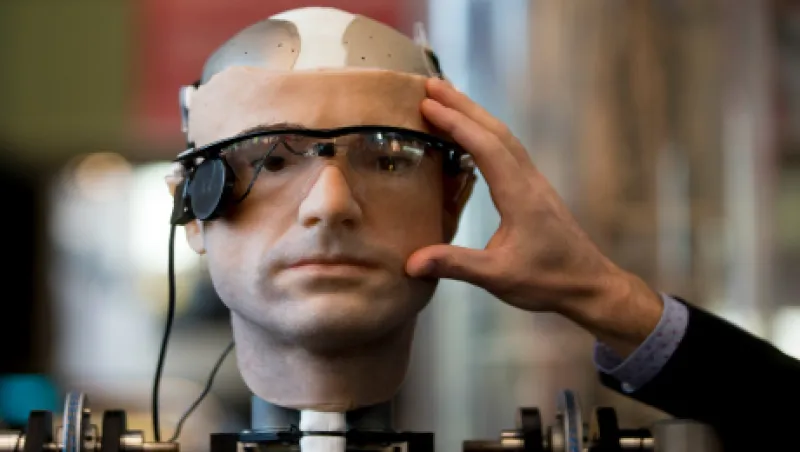Something has the rate of wage growth in a vise grip, and labor slack alone can’t shoulder the blame. When you consider the anemic wage environment in the Group of Four — the U.S., the euro zone, Japan and the U.K. — only the euro zone, with its unemployment rate north of 10 percent, can blame labor slack. For the U.S. and the U.K., with unemployment rates hovering around 5 percent, and Japan, where unemployment is currently at 3.3 percent, the restraints on wage growth are not nearly so obvious.
Whereas the U.S. is showing nascent signs of improvement on the wage front, it is too early to suggest that a sustainable upturn is under way. Seemingly, we’ve broken out of a multiyear stretch of roughly 2 percent annual wage growth, with average hourly earnings increasing by as much as 2.5 percent in recent months. Nonetheless, we remain well below the 4 to 4.5 percent levels that were typical in the 1980s, 1990s and early 2000s. So, what’s holding back wage growth?
Several headwinds seem to be constraining employee compensation:
•Labor slack. U6, a broad measure of U.S. unemployment that includes so-called discouraged workers, those who are underemployed or who have given up trying to find work, is higher than what we experienced in the past two business cycles.
•Globalization. The mere threat of moving jobs offshore can negatively affect wages.
•Declining unionization. Fewer than 11 percent of U.S. workers belong to unions, and membership is in retreat in much of the rest of the developed world, resulting in reduced worker bargaining power.
•Demographics. Not only is an aging workforce less dynamic, but also, compositionally, retiring high-wage, full-time baby boomers are effectively being replaced by low-wage, sometimes part-time Millennials.
Yet the biggest secular trend that will affect wage growth in the years ahead is automation. Although workers are getting more expensive relative to capital — because of their pricey salaries, benefits, training and the costs involved in employee churn and adherence to expanding regulations — equipment and technology are getting cheaper and more dynamic.
A recent study by McKinsey & Co. suggests that as many as 45 percent of the activities individuals perform today can be automated by adapting technologies already in use. These activities represent about $2 trillion in annual wages, according to McKinsey’s estimates. Automation stands to affect even the most highly skilled occupations in the economy. Physicians and senior executives alike will not be immune. Even some activities undertaken by CEOs can be automated, according to McKinsey. And the benefits of adopting such technologies, McKinsey estimates, are equivalent to three to ten times their cost. An additional 13 percent of work activities in the U.S. economy could be automated if current technologies that process and understand natural language improve to the median level of human performance, the study projects.
There will be winners and losers from automation, as there always are in periods of creative disruption. What is unsettling about this present round of dislocation is that it comes amid technological advances in artificial intelligence that until recently were only imagined in the realm of science fiction. Technology that can learn — not just do — its programmed task could dramatically accelerate the rate of change. A study by Oxford University researchers Carl Frey and Michael Osborne estimates that almost half of U.S. jobs are at risk of being automated over the next 20 years. More alarmingly, they conclude, the service sector, where most of the employment growth over the past several decades has occurred, is highly vulnerable to computerization.
Predicting the future is difficult and inexact. We don’t know how rapidly automation will advance. We can, however, expect that it will progress. During episodes of creative destruction, it is usually easier to see that which will be displaced than to foresee that which will arise from the ashes. If recent trends hold, however, more good jobs will be destroyed than created in the process. And that’s not likely to create an environment conducive to broad-based, strong wage growth.
Erik Weisman is chief economist and a fixed-income portfolio manager for MFS Investment Management in Boston.
Get more on macro.






